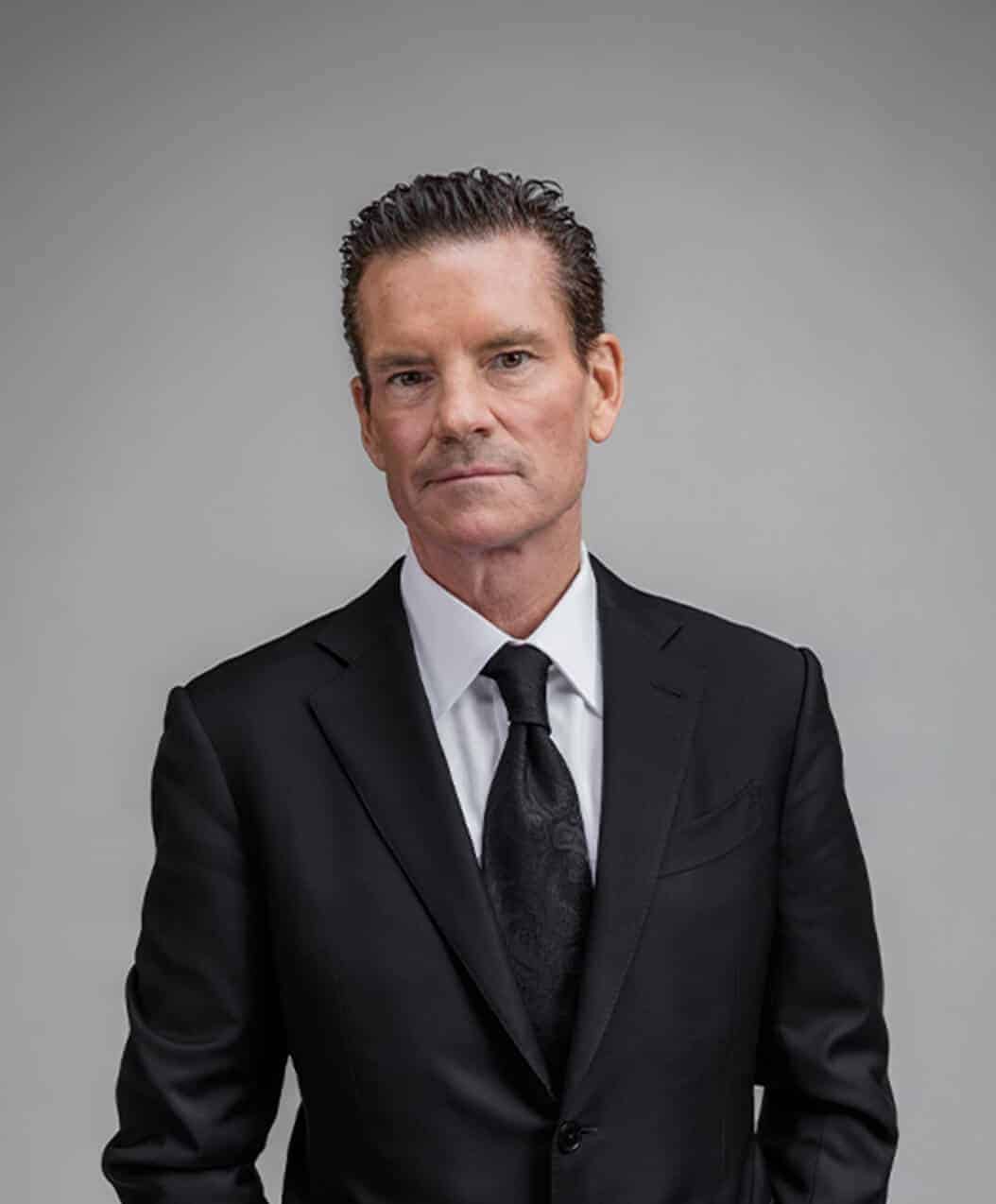August 7th, 2025
Dr. Mulholland, Md
People decide to undergo rhinoplasty for several reasons.
Some don’t like the prominent bump on their nasal bridge, some have an unwanted bulbous tip, an over-projected nose, or a nose that is too long, and others want to rectify long-standing breathing difficulties.
A rhinoplasty corrects aesthetic imperfections by altering the size and shape and can also be used to resolve nasal breathing issues.
If you’ve looked into your options for rhinoplasty surgery, you’ve likely come across the two different rhinoplasty techniques: open and closed (also called external and internal).
Simply put, the two rhinoplasty approaches cater to the different nasal anatomical features and the desired results. For example, if surgery is being performed to rectify breathing difficulties, a different technique will be required for patients who want their nasal tip realigned.
So, which is the right type of rhinoplasty for your needs?
What is Rhinoplasty?
Rhinoplasty is one of the most popular types of cosmetic plastic surgery available today, consistently reigning within the top-five procedures performed annually among men and women.
Rhinoplasty can transform a person’s entire face, improving its symmetry and overall aesthetic.
One of the things that makes rhinoplasty so popular is how customizable and personal each procedure is. No two noses are the same; thus, no two rhinoplasty procedures are ever fully the same. There are even multiple types of rhinoplasty to further the customization of the procedure, such as open rhinoplasty and closed rhinoplasty.
In this blog, we will take a further look into many open vs. closed rhinoplasty and answer questions, such as “how does closed rhinoplasty work,” “what is open rhinoplasty,” and “what is the recovery like for both.”
Open Vs. Closed Rhinoplasty: Which Technique Is Best?
Before we dive into which technique is best for your rhinoplasty, patients need to understand how each approach works.
A closed rhinoplasty (aka endonasal, or internal nose job) was the first method of nose surgery and involves small incisions inside the nasal lining, which allows alterations through the nostrils without lifting back the skin.
Conversely, an open rhinoplasty is more modern and difficult and involves a small incision on the columella – the outside skin that separates the nostrils – to allow the surgeon to lift the skin of the nose off the tip, like lifting the hood of a car to work on the engine. The open rhinoplasty allows your surgeon unparalleled access to the underlying bone and nasal tip cartilage.
It’s impossible to provide a one-size-fits-all answer to the question, “which technique is best?” – each technique has its own set of benefits that are better suited to certain scenarios. Below we will discuss open and closed rhinoplasty and which procedure is best for you.
Open Rhinoplasty: Pros and Cons
Advantages of Open Rhinoplasty
Open rhinoplasty gives the surgeon full access to the structure of your nose by lifting the nasal skin off the tip, exposing the underlying bone and cartilage. This approach allows for more detailed reshaping and better structural support using grafts. The direct view also makes suturing and grafting easier and more precise, offering the potential for more significant changes in the shape and structure of your nose compared to closed rhinoplasty. Because of the clear visibility, open rhinoplasty can yield highly precise and transformative results.
Disadvantages of Open Rhinoplasty
The two main drawbacks of open rhinoplasty are scarring and swelling. Since an incision is made on the columella (the tissue between your nostrils), there’s a slight risk of visible scarring. However, with the expertise of a skilled surgeon like Toronto Plastic Surgeons, scarring is typically minimal and barely noticeable. The second disadvantage is that open rhinoplasty tends to result in more post-op swelling compared to closed rhinoplasty, but this swelling is temporary and will subside in time.
Closed Rhinoplasty: A Less Invasive Option
Advantages of Closed Rhinoplasty
Closed rhinoplasty, or internal rhinoplasty, involves making incisions inside the nostrils, leaving no external scars. This technique is less invasive and ideal for addressing minor corrections like a small bump on the bridge or minor nasal tip adjustments. With less swelling and a shorter recovery period, closed rhinoplasty is a great option if you’re seeking more subtle changes.
Disadvantages of Closed Rhinoplasty
Because closed rhinoplasty is less invasive, it’s limited in what it can achieve. This technique is best for minor cosmetic adjustments, and it doesn’t allow for the same level of reshaping or structural grafting that open rhinoplasty does.
Key Differences Between Open and Closed Rhinoplasty
The key differences between open and closed rhinoplasty predominantly concern each procedure’s purpose, incisions, risks, and recovery.
Recovery Time
While an individual’s recovery time will vary depending on person to person, closed rhinoplasty recovery generally takes between one to two weeks. Most patients recover in one week, and after the 6th day, your splint can be removed. Open rhinoplasty can take a little longer to heal swelling and bruising, but overall the recovery period is not much longer when compared to closed rhinoplasty.
While rhinoplasty focuses on facial refinement, many patients also explore complementary procedures like liposuction to sculpt the neck, jawline, or other areas for a more balanced overall appearance during their aesthetic journey.
Purpose
The type of rhinoplasty you seek out depends on your goals and the severity of your concerns. Open and closed rhinoplasties serve different purposes. Closed rhinoplasty modifies the nasal bone and cartilage through reduction, reshaping, and/or augmentation, perfect for refining the nose tip and reducing any bumps or crooks.
Open rhinoplasty allows for bigger adjustments, such as changing the nose top, fixing a broken nose, making major cartilage changes, or adjusting your side profile/facial symmetry.
Side Effects
When you’re in the hands of a professional like Toronto Plastic Surgeons, the chance of risk is very low. Some rare risks that you should be aware of include:
- Bruising.
- Swelling.
- Blocked nasal airways.
- Nasal bleeding.
These are often your body’s natural reaction to the procedure and healing process, but they will subside within a few days. If these symptoms last longer than one week or your breathing is severely impaired, contact the TPS team or your general practitioner.
Incisions
All incisions are made inside the nostril with a closed rhinoplasty so they are invisible during healing and when healed. With an open rhinoplasty, incisions are made on the skin between the nostrils, meaning it is an extremely minimal external scar. Once healed, the scar will either be completely invisible or barely visible.
Which Surgery is Right for Me?
Open and closed rhinoplasty have their own positives and downsides. The surgery that is right for you depends entirely on the approach you want, the severity of your concerns, and your aesthetic goals. When you visit Toronto Plastic Surgeons and the TPS team, their expertise will guide and educate you before, during, and after your procedure. Whatever surgery method you choose, you can rest assured that you will leave the clinic with beautiful results that will continue to improve.
Schedule a Consultation
The specialists at Toronto Plastic Surgery are in the best position to help you make the right rhinoplasty choice. Schedule a consultation with us today to find out how our tried and tested techniques work to give you outstanding results.
FAQ: Open vs. Closed Rhinoplasty
Is One Option More Affordable?
Open rhinoplasty is generally more expensive due to its complexity and the advanced techniques required. Closed rhinoplasty, being less invasive, usually costs less.
Are the Results Different?
Both open and closed rhinoplasty can achieve impressive results, but the right technique depends on your specific goals. Toronto Plastic Surgeons will guide you toward the best option based on your desired outcome, rather than focusing solely on the type of procedure.
Does Skin Color Affect the Choice Between Open and Closed Rhinoplasty?
No, skin color does not influence whether an open or closed rhinoplasty is recommended. While some patients worry about visible scarring, rest assured that scarring is minimal and nearly invisible, regardless of skin tone.



